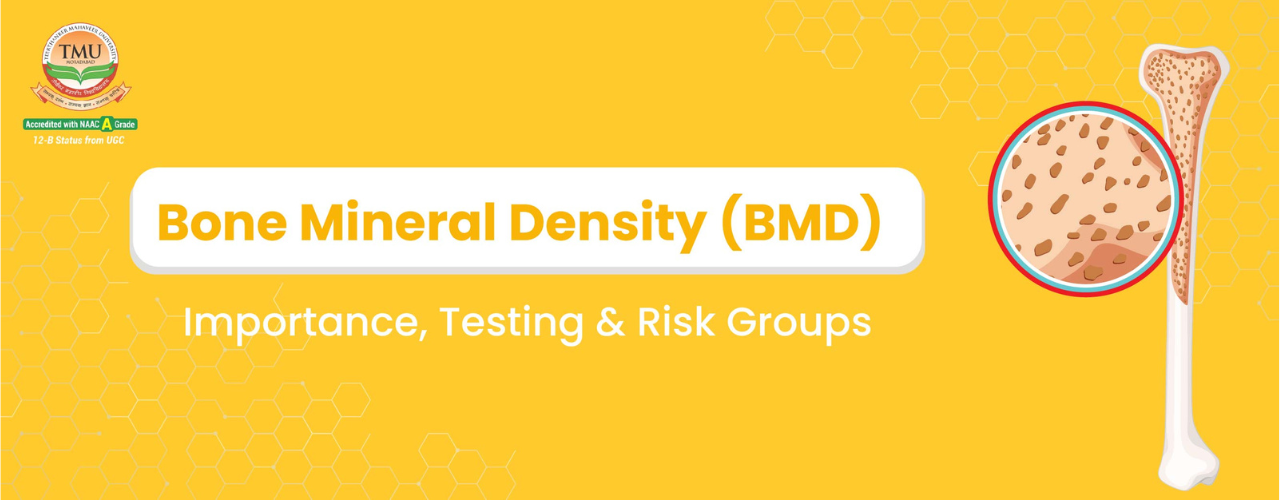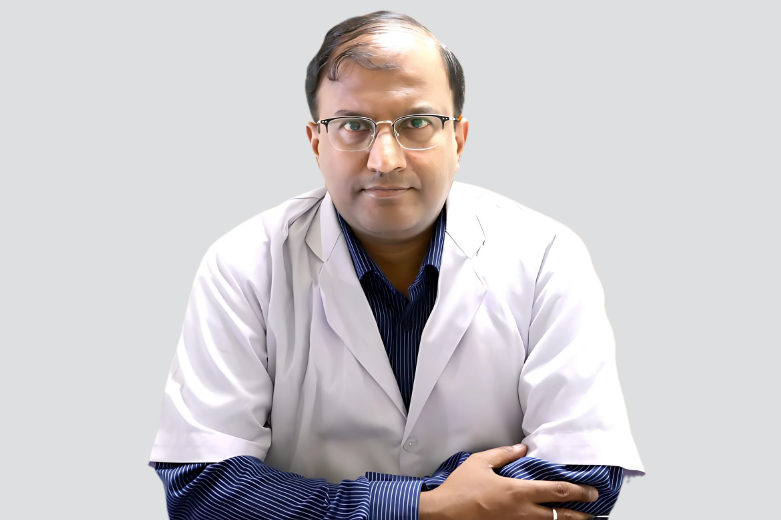

Bone Mineral Density (BMD) is a vital clinical measure used to assess bone health and strength. It is calculated based on the absorption pattern of X-rays as they pass through human tissues, allowing for objective evaluation of bone mineral content.
Low BMD is associated with weakened bone structure and higher fracture risk. Osteopenia and osteoporosis—conditions characterised by reduced bone density—are major public health concerns, especially among ageing populations.
Both conditions are frequently underdiagnosed due to nonspecific symptoms and a lack of routine screening.
BMD testing is a non-invasive, painless, and outpatient diagnostic procedure. It uses Dual-Energy X-ray Absorptiometry (DEXA) or Dual-Energy Computed Tomography (DECT) to provide:
Patients are advised toshould avoid calcium supplements for at least 24 hours before the test and remove any metallic or radiodense objects that might interfere with imaging.
Early detection through BMD testing is essential in preventing fragility fractures, preserving mobility, and improving long-term quality of life.
Bone Mineral Density assessment plays a critical role in diagnosing and managing osteoporosis and related conditions. At Teerthanker Mahaveer University Hospital, we offer advanced BMD evaluation using DEXA and DECT technologies, ensuring precision, safety, and comfort for all patientspatients' precision, safety, and comfort.
For those in at-risk groups or experiencing bone-related symptoms, timely BMD testing can be life-changing, helping to avoid fractures, initiate treatment early, and maintain independence in later years.

MD (Radiodiagnosis), PG Dip MSK USG (Spain)
© TMU Hospital is Proudly Owned by TMU